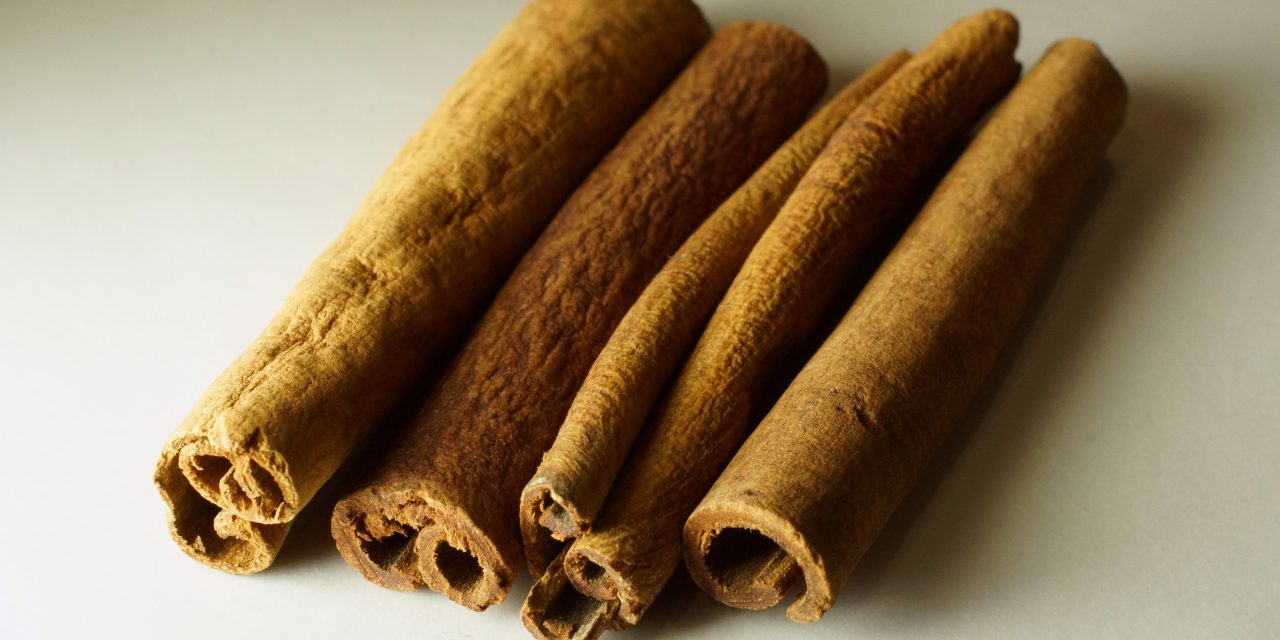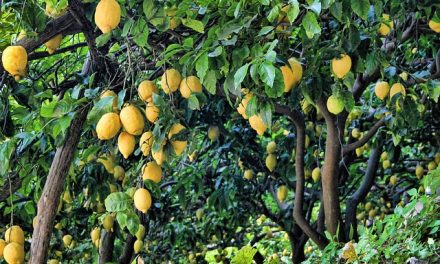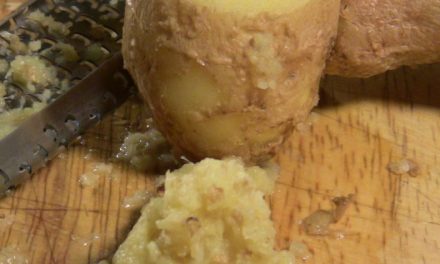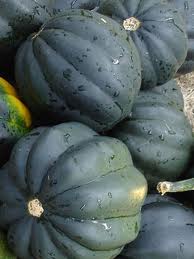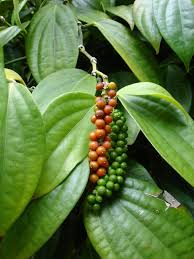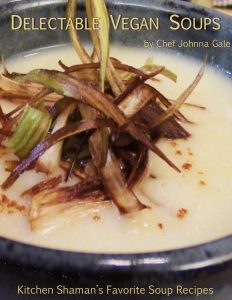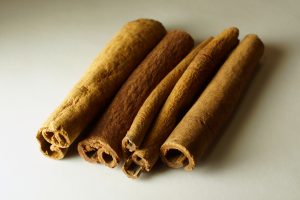
Cinnamon was always on the shelf in my home growing up. Mom used it for everything from toothaches (just stick it on the gums) to cinnamon sugar on toast. She put it in a variety of dishes, which confused some of my friends and neighbors. Isn’t cinnamon a spice for baked goods? Pastries, apple pies, not spaghetti sauce and meat rubs.
It turns out my mom wasn’t wrong. She was operating on the idea that cinnamon is good for the gut, fights off diabetes, and helps reduce cholesterol. She learned these things from her mother, who learned it from her mother, and so handed down through my family.
What is Cinnamon?
Cinnamon, along with nutmeg and clove, is one of the oldest spices of the known world. These spices sparked grand adventures and sea voyages as mid-16th century tradesmen looked for a way to break the chokehold Arabs had on the spice trade. These voyages resulted in the creation of pirates and high seas battles. And cinnamon was one of the three spices at the heart of it.
But what is cinnamon? And why was it once held in such high esteem? It is a spice made from the inner bark of a tree in the laurel family (bay leaves are also a product of this genus, though few people know this fact). There are several varieties, but the highest prized cinnamon is Ceylon or true cinnamon. The genus name is cinnamomum zeylanicum. This is not the same plant as cassia, or cinnamomum aromaticaum, which is called Chinese or Saigon cinnamon.
Cinnamon is processed from the inner bark of these plants. The bark is peeled, rolled, and dried. The way to tell true cinnamon from cassia is to look at the bark. Is it lighter or darker? Is the quill thinner or thicker? Ceylon cinnamon is thinner and lighter than its cousin cassia cinnamon. There is no way to tell once the spice is ground to know which variety you are buying. Chances are what is on the shelves of most grocery stores is cassia cinnamon. The reason is price. Ceylon cinnamon costs more than cassia due to quantity of production.
How is Cinnamon Used?
Modern science is only just catching up to what Ayurvedic medicine has known for thousands of years: food can heal. Whole foods, foods that are unadulterated, can help your body. If we learned how herbs and spices work in our bodies, maybe some of the diseases prevalent in our society could be lessened or even eradicated.
In Ayurveda, one of the oldest medicinal systems existing today, cinnamon has several uses. It helps the digestive system by alleviating mucus. It can help to lower cholesterol and seems to be effective in treating diabetes by lowering blood sugar levels. And, like ginger, it is used as an anti-fungal treatment. Cinnamon has always been used to sweeten the breath. Some of the other uses that haven’t been tested include increasing brain power by helping both memory and focus. There are some reports that cinnamon is even effective in treating HIV patients. Seems like the folklore passed down by my grandmothers might be accurate.
Cinnamon in Ancient Times
Cinnamon was once so highly prized that it was used as currency in China. It was used in ancient Egypt as a preservative in embalming the dead (mummification).
Legends exist about cinnamon, mainly made up by those who guarded its secrets. It was a spice that was highly regarded, and to continue its very expensive price, traders kept up the appearance of it being difficult to harvest. Some of these legends include the nest of a Phoenix bird, snakes in the Cassia forests, and others about stories of flying snakes (dragons?). I was unable to unearth any local folklore about cinnamon except that it is reported to help control fat.
Modern Cinnamon
Cinnamon, nutmeg, and clove have been relegated to the realm of sweets and baked goods. Common uses include cinnamon rolls, apple pies, puddings, cakes, and cookies. It is used to spice up breakfast cereals like granola. Cinnamon is used in the Indian tea drink chai.
Cinnamon is slowly making its way back into savory cooking in American kitchens. It is used in dry rubs. It is valued in tomato dishes because it can counteract the acidity of tomato (one of the first culinary uses I learned about cinnamon). In other cultures it is an ingredient in biryanis and other rice dishes and it is used to spice up lamb and chicken. It can be added to stir fry dishes and sauces that call for an earthy and warm spice.
However you decide to use cinnamon, remember its long and glorious history. And though today it is a common every day kitchen spice, at one time people fought and died to bring it out of its native Ceylon to the European countries.
Here is a delightful recipe for Indian spiced Chai tea.
Simple Chai
1 stick cinnamon
8-10 black peppercorns
6-7 cardamom seeds
3-4 slices ginger
3 cloves
Tea of choice, Darjeeling or Oolong
Soy milk
Sugar or sweetener alternative.
Put a pot of water on the stove and add the spices cinnamon, pepper, cardamom and clove, bring to a boil, reduce to a simmer for 15 to 20 minutes.
Heat up soy milk and sugar.
Turn off the heat to the spices and add the tea. Cover and brew the tea. Strain, then add the milk and sugar. Serve hot after dinner.
Additional Reading on Cinnamon
Spices and their uses: Ayurveda Elements: Dr Raman Prasad

